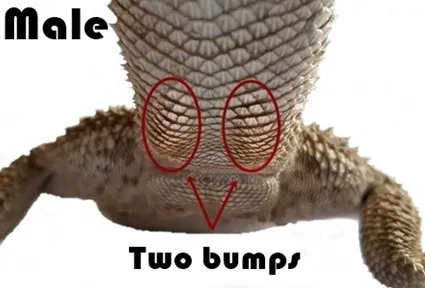Tarantula vs Bearded Dragon 5 Surprising Facts!
Choosing a pet is a big decision, and the choice between a tarantula and a bearded dragon is a fascinating one. These exotic pets offer unique experiences for their owners, but they come with very different needs and characteristics. This article dives into five surprising facts about tarantulas and bearded dragons to help you determine which pet might be the right fit for you. From their appearance and handling to their lifespan and diet, we’ll explore key differences and similarities. Understanding these factors will provide you with insights to make an informed decision, ensuring both you and your new pet thrive.
Size and Appearance
The first surprising fact is how different these creatures are in terms of their size and appearance. This affects the space requirements and the overall impression they make as pets. Bearded dragons, known for their impressive size and distinctive appearance, can grow up to 2 feet long, including their tail. Their body is broad, with a triangular head, and they come in various colors and patterns. Their appearance is often perceived as ‘cute’ and ‘friendly’, which makes them appealing to many pet owners. Their size also means they need a larger enclosure, influencing the space needed for their habitat.
Tarantula Size
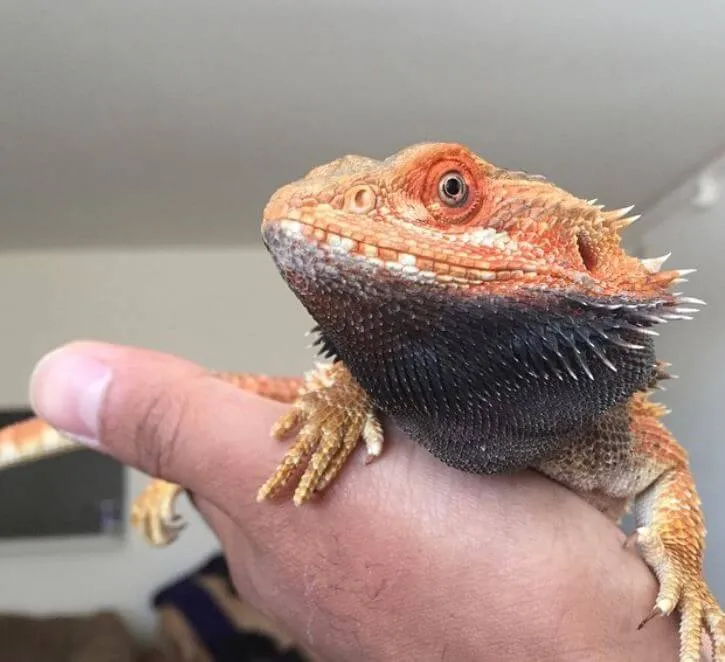
Tarantulas, on the other hand, are much smaller, with sizes varying greatly depending on the species. While some tarantulas might have a leg span of just a few inches, others can reach up to 10 inches or more. They are generally more compact and often have a hairy appearance, which may be a turn-off for some. The size difference means tarantulas require a significantly smaller enclosure, making them a good option if space is a limitation. Their appearance is often viewed as intimidating or fascinating, depending on the individual’s perspective.
Bearded Dragon Size
Bearded dragons, despite their size, are not as intimidating to look at as a tarantula. They are more easily handled and have an appearance that many people find appealing. Their size also dictates the kind of habitat they require, with larger enclosures needed to accommodate their movements and activities. The bearded dragon’s size provides a more interactive pet experience, as they can be handled and interacted with more frequently. They can be observed moving and exploring their habitat, providing a more dynamic and engaging experience than a tarantula.
Temperament and Handling
Another surprising aspect is the difference in temperament and how each animal is handled. Bearded dragons are generally known for being docile and can be handled regularly. They often enjoy human interaction and can be affectionate pets. This makes them a popular choice for families and individuals looking for a pet they can interact with. Regular handling can help bond with your bearded dragon. It also allows you to check their health and ensure they are comfortable, which is an essential part of their care.
Tarantula Temperament
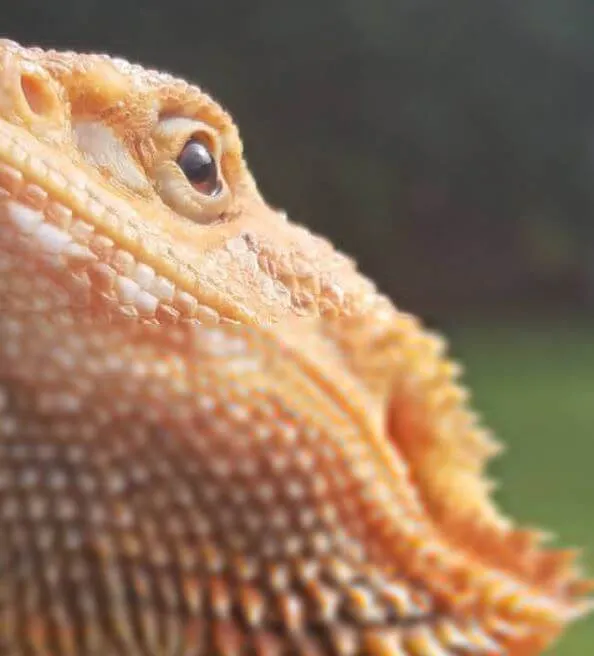
Tarantulas, however, are not meant to be handled regularly. They are solitary creatures and, while generally not aggressive, can bite if they feel threatened. Some species also have urticating hairs that they can flick as a defense mechanism, causing skin irritation. Handling a tarantula is usually only necessary for essential tasks like enclosure maintenance or moving the spider. Their temperament makes them a pet more suited to observation than interaction, which is a key difference to understand before choosing one as a pet.
Bearded Dragon Temperament
Bearded dragons are known for their social nature, and their ability to bond with humans makes them popular. They enjoy being handled, and most will sit with their owners. Their temperament makes them ideal pets for those wanting to interact with their pet. When considering a bearded dragon, it’s essential to understand how much time and care you can dedicate to regular interaction and handling.
Lifespan
The lifespan of these two pets is another key factor to consider. The commitment to caring for an animal for a prolonged period is a significant responsibility. This means their lifespan is surprisingly different. While tarantulas can live for many years, bearded dragons typically have a shorter lifespan. This difference can heavily influence your decision based on the long-term responsibility you’re willing to undertake.
Tarantula Lifespan
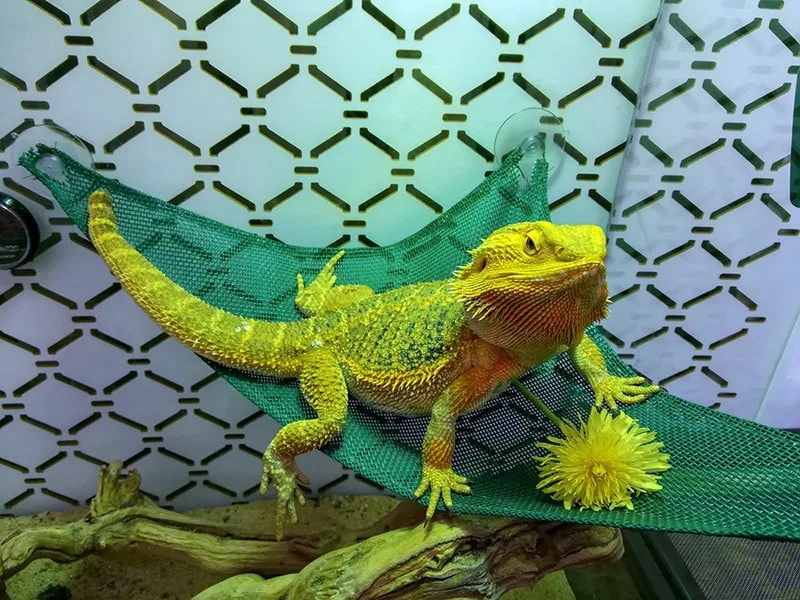
Tarantulas are known for their longevity. Female tarantulas, in particular, can live for 20-30 years, and some even longer. Males typically have shorter lifespans, often only living for a few years after reaching maturity. This long lifespan means that owning a tarantula is a considerable commitment, requiring you to provide care for a very long time. This extended lifespan is something to consider when choosing a tarantula as a pet.
Bearded Dragon Lifespan
Bearded dragons have a relatively shorter lifespan, typically living for 5-10 years. This is still a significant commitment, but it’s shorter compared to the potential lifespan of a tarantula. The shorter lifespan makes them a more manageable commitment for some, making them an option for those who aren’t ready for the decades-long care that a tarantula requires.
Diet and Feeding Habits
The diet and feeding habits of tarantulas and bearded dragons also offer a striking contrast. Their dietary needs reflect their natural habitats and play a vital role in their overall health and well-being. The differences in their dietary requirements greatly influence the type of food you must source and the effort required to maintain a healthy diet for each animal. Understanding their feeding habits is crucial to ensure they thrive in captivity.
Tarantula Diet
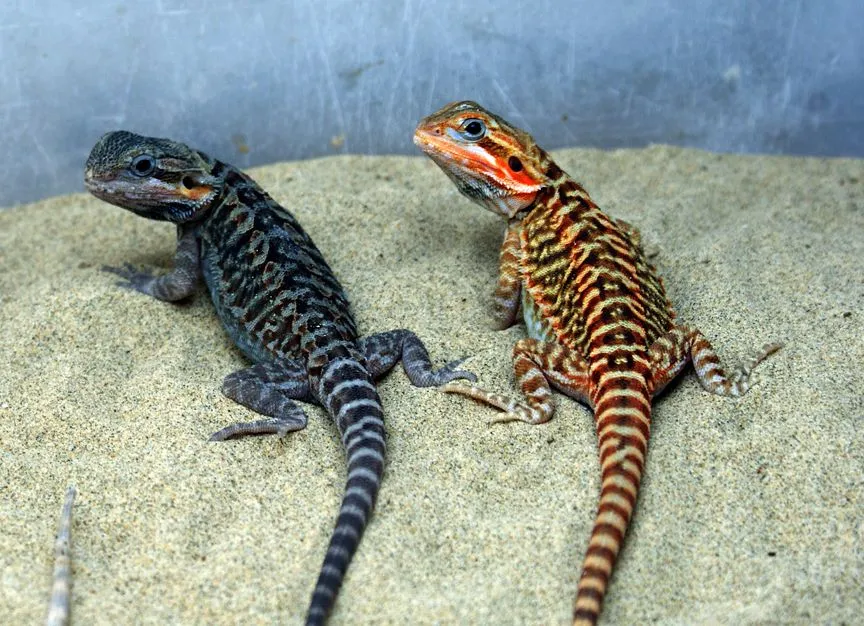
Tarantulas are primarily insectivores, meaning their diet consists of insects. Common foods include crickets, mealworms, and roaches. They require live prey, which presents a different set of considerations for sourcing and maintaining their food source. They don’t need to be fed daily, and adult tarantulas can often eat just a few times a week. This simple diet makes it relatively easy to meet their nutritional needs. However, obtaining and maintaining a supply of live insects is a necessary aspect of tarantula ownership.
Bearded Dragon Diet
Bearded dragons are omnivores, meaning they eat both insects and plant matter. Their diet includes live insects like crickets and worms, as well as vegetables and fruits. They have more complex dietary needs than tarantulas. This includes the need for varied food sources, and their diet needs to be carefully balanced to ensure proper nutrition. Feeding a bearded dragon can be more time-consuming due to the preparation of fresh produce. It is essential to research and provide a balanced diet that includes insects, vegetables, and fruits to meet their nutritional needs.
Care and Maintenance
The care and maintenance requirements of tarantulas and bearded dragons differ considerably. These differences influence the time, effort, and resources needed to ensure your pet thrives. Understanding these requirements before bringing either pet into your home is critical, as it will dictate the environment and the level of care needed. Factors like habitat size, temperature, humidity, and cleaning routines play a significant role in their well-being.
Tarantula Care
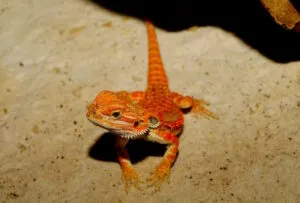
Tarantulas are relatively low-maintenance pets. They require a suitable enclosure, often a terrarium with substrate and a hide. The temperature and humidity levels need to be maintained, and the enclosure needs to be cleaned regularly to remove any uneaten food or waste. However, they do not require frequent handling or interaction, which is a benefit for those who prefer a less hands-on pet. Their care focuses on maintaining the right environment and ensuring a consistent food supply.
Bearded Dragon Care
Bearded dragons require a more involved level of care. They need a larger enclosure with specific temperature gradients, UVB lighting, and a varied diet. Daily cleaning, regular handling, and social interaction are essential to their well-being. This higher level of care makes them a more demanding pet. Ensuring that they have access to proper lighting, diet, and enrichment requires more time and attention compared to a tarantula.
Conclusion
Deciding between a tarantula and a bearded dragon involves considering various surprising facts about their sizes, temperaments, lifespans, diets, and care requirements. While both can make rewarding pets, their differences cater to different preferences and lifestyles. Those seeking a low-maintenance, visually fascinating pet might prefer a tarantula. Those wanting an interactive, friendly pet may find a bearded dragon a better fit. Ultimately, understanding these five key facts will help you make a well-informed decision, ensuring that you choose the pet that best matches your lifestyle and provides the most fulfilling experience for both you and your new companion.
